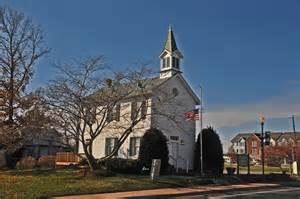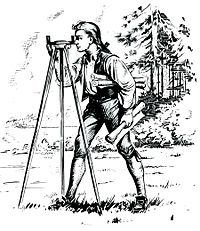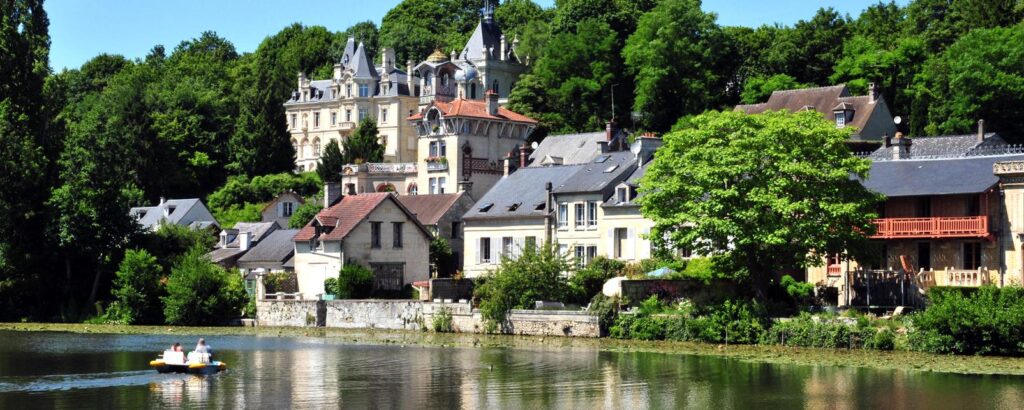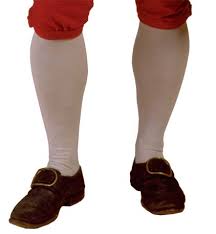Prince William County Genealogy, Wills, Estates, Marriages, Probate Records

Indexes to Probate Records
- Wills, Inventories, Accounts 1734-1744
- Wills, Inventories Accounts 1782-1792
Wills
- Abstracts of Wills 1734-1781
Digital Images of Wills 1734-1744
Testators: Ashford, Ann | Ashford, Michael | Awbroy, Francis | Bridges, William | Bullock, Richard | Chapman, Joseph | Coffer, Mary | Deakers, Thomas | Debee, William | Doyle, Edward | Drakefoot, Richard | Edge, John | Farrow, Abram | French, James | Gibson, Jacob | Gosling, John | Gosling, Simon | Gregg, John | Greshon, James | Hager, Henry | Hardin, Mark | Haurork, Scarlot | Henderson, James | Hishback, John | Jordan, Thomas | Lacon, Francis | Lawson, Marmaduke | Marr, John | Morris, Ann | Neal, Rodham | Oriar, Daniel | Overall, John | Paddorfou, Catherine | Page, John | Simos, Richard | Simson, Thomas | Sparkes, William | Suto, Edward | Tobbs, Daniel | Walker, John | Williams, Jonas Jr. | Wright, Francis and Young, Edward
Digital Images of Wills 1778 to 1791
Testators: Ashmore, John | Atwell, Thomas | Bennett, William | Botts, Joshua | Brown, Elizabeth | Brown, James | Bullitt, Cuthbert | Burroughs, John | Burrows, John | Carr, William | Carter, Giles | Chapman, John | Chapman, Thomas | Cheek, John | Cooper, Henry | Crook, Zephaniah | Dagg, Thomas | Delgarn, John | Dowell, John | Ewell, Thomas Winder | Fennell, Francis | Foley, Mary | Forbes, David | Foster, William | Goodman, John | Graham, John | Graham, John (2) | Gray, Francis | Green, George | Harrison, Ann | Harrison, Burr | Harrison, Cuthbert | Haskins, John | Helm, Linaugh | Higgs, Truman | Hogan, Thomas | Hutchinson, John | Ismongrove, Lydia Musgrove | Jackson, Francis | Jackson, Samuel Sr. | Kitchen, George | Landrum, William | Lee, Henry | Love, Samuel | Lowe, John | Moseley, Robert | Murray, John | Peachey, Samuel Jr. | Petty, Joseph | Peyton, Henry | Peyton, Valentine | Powell, William | Purcell, William | Quisenberry, James | Randolph, John | Reeves, John | Reeves, Mary | Ross, John | Ross, William | Rove, George | Scott, James | Scott, Sarah | Shute, Fanny | Simms, Jane | Smith, Caleb | Smoot, Thomas | Sparks, William | Stone, Thomas | Suel, Margaret | Tackett, William | Tennison, William | Tibbs, Foushee | Whitledge, William | Wilson, Henry | Wilson, Sarah
Miscellaneous
- Images of Administrator Bonds 1753-1782 (not indexed)
Images of Will Bk H, 1792 to 1803 (names not provided here due to lack of space
Images of Will Bk I, 1803 to 1809 (names not provided here due to lack of space
Headright Grants in Virginia

Huguenots from France

